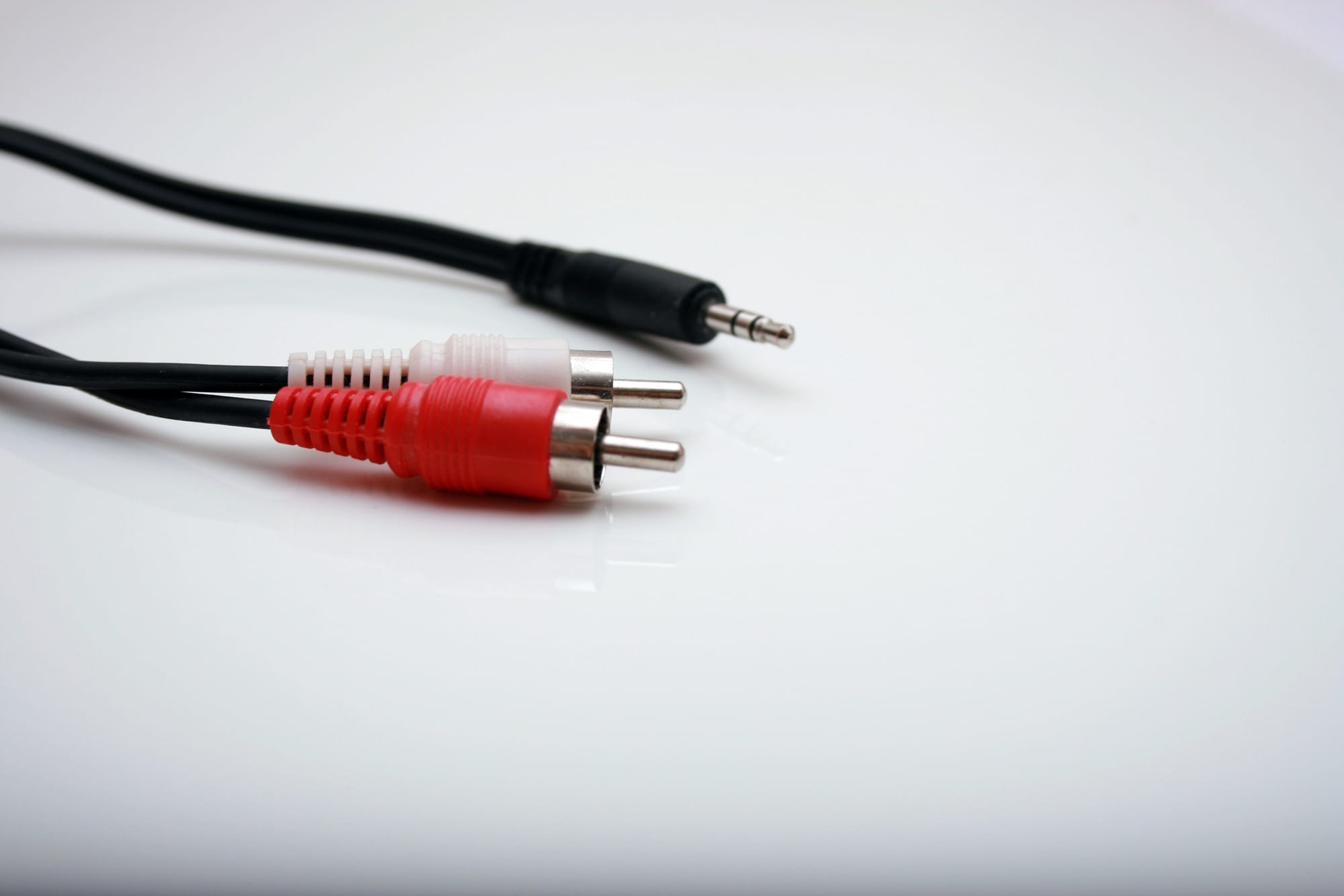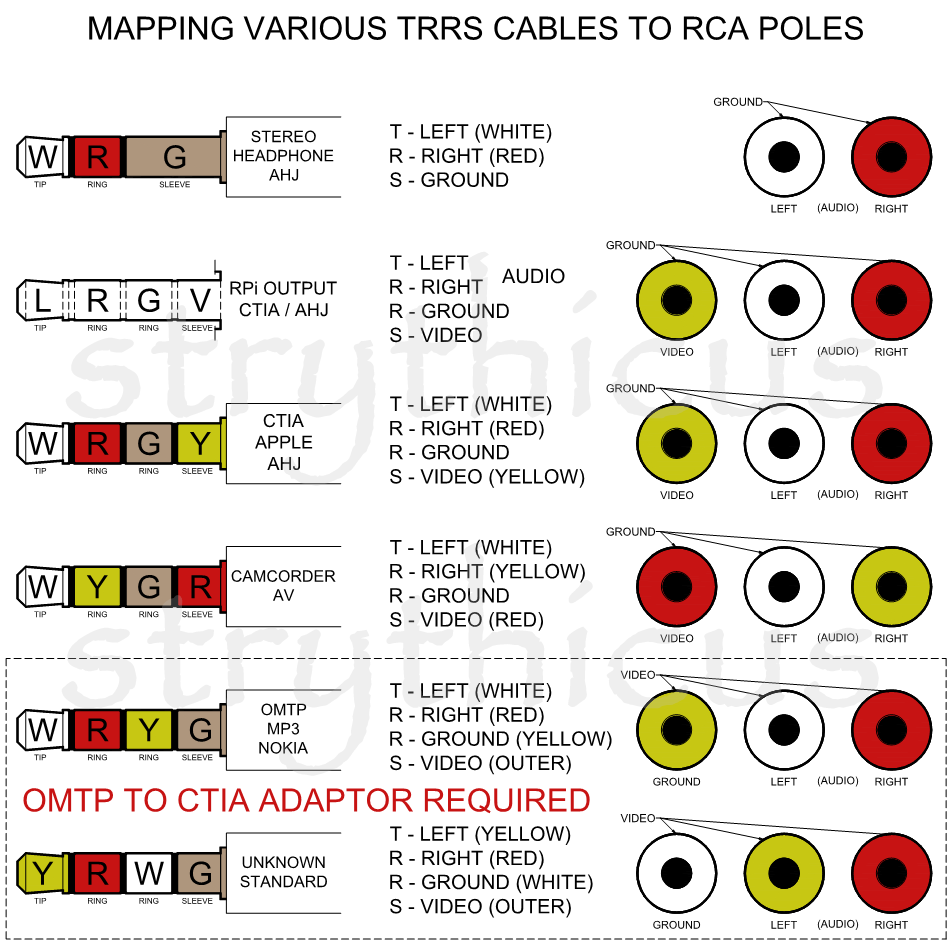RCA Cables

Title: The Evolution and Functionality of RCA Cables: A Comprehensive History
Introduction
RCA (Radio Corporation of America) cables have been a staple in audio and video transmission for several decades. This article aims to provide a detailed overview of the history of RCA cables, exploring the reasons behind their creation, the evolution of their design, and the functions of their pins. Additionally, we will discuss the limitations, pros, and cons of RCA cables. From their inception to their widespread adoption, we will delve into the intricacies of RCA cables and their role in transmitting analog audio and video data.

Pin Functions
RCA cables typically consist of three separate connectors, each serving a specific function for audio or video transmission.
1. Pin 1 (Center Conductor): This pin carries the audio or video signal. In audio applications, it carries the analog audio signal, while in video applications, it carries the composite video signal.
2. Pin 2 (Outer Ring): This pin serves as the ground connection, providing a common reference point for the audio or video signal.
3. Pin 3 (Outer Shield): This pin acts as a shield, protecting the audio or video signal from external interference and minimizing signal degradation.
Reasons for Creation
RCA cables were developed in the 1940s by the Radio Corporation of America as a standardized connector for audio and video equipment. The primary motivation behind their creation was to provide a simple and reliable method for connecting various audio and video devices, such as televisions, radios, turntables, and amplifiers. RCA cables were designed to transmit analog signals, allowing for the transmission of audio and video data in a standardized format.
Data Transmission and Limitations
RCA cables transmit analog audio and video signals between source devices (such as DVD players or audio receivers) and output devices (such as televisions or speakers). The center conductor (pin 1) carries the analog audio or video signal, while the outer ring (pin 2) provides the ground connection. The outer shield (pin 3) acts as a protective shield, minimizing interference and maintaining signal integrity.
RCA cables have certain limitations due to their analog nature. One limitation is the susceptibility to signal degradation over long cable runs. As the cable length increases, the analog signal may weaken, resulting in reduced audio or video quality. Additionally, RCA cables are not capable of transmitting high-definition video signals, as they are primarily designed for standard-definition analog signals.
Pros and Cons
Pros:
1. Simplicity and compatibility: RCA cables are widely supported by various audio and video devices, making them compatible with a wide range of equipment.
2. Cost-effective: RCA cables are relatively inexpensive compared to other audio and video connectivity options, making them accessible to a broad range of users.
3. Ease of use: RCA cables are simple to connect and disconnect, requiring no complex setup or configuration.
4. Versatility: RCA cables can transmit both audio and video signals, making them suitable for a variety of applications, including home theater systems, audio receivers, and gaming consoles.
Cons:
1. Analog limitations: RCA cables transmit analog signals, which can be susceptible to signal degradation and interference, resulting in reduced audio or video quality.
2. Limited resolution: RCA cables are not capable of transmitting high-definition video signals, making them less suitable for modern high-resolution displays.
3. Cable length restrictions: RCA cables may experience signal degradation over long cable runs, limiting their use in certain installations.
4. Lack of advanced features: RCA cables do not support advanced audio or video features, such as surround sound formats or digital audio transmission.
Conclusion
RCA cables have played a significant role in the history of audio and video transmission, providing a simple and reliable solution for connecting various devices. Understanding the functions of each pin is crucial for establishing proper connections and ensuring accurate data transmission. While RCA cables have certain limitations, such as analog signal degradation and lack of support for high-definition video, their widespread adoption and compatibility with a wide range of devices make them a popular choice for many audio and video applications. As technology continues to evolve, RCA cables will remain a testament to the early days of analog audio and video transmission and their impact on the development of modern connectivity standards.


